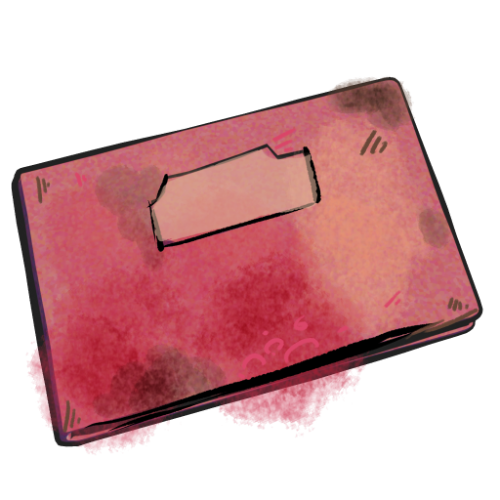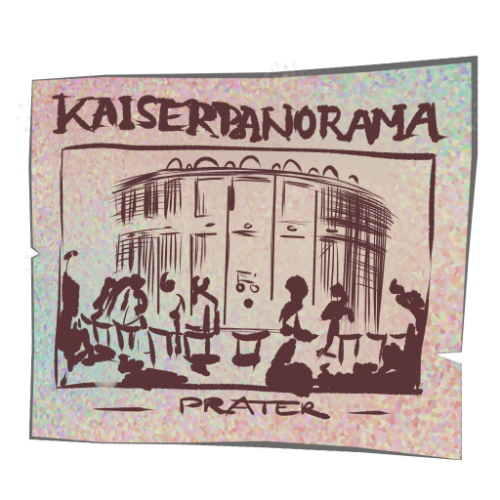
Mass culture compensates for the shock of modernity through a wealth of material and technological devices designed to provide an escape from the hardships of labor and the rigid time constraints of industrialization.
Dream machines can take many forms—whether the “sensation technologies” of the Prater (such as carousels, roller coasters, haunted houses, and the Ferris wheel), the “imagination technologies” of cinema and football, or the “narcotic technologies” like alcohol and tobacco. Their primary function is to provide moments of happiness, distraction, and relaxation, giving life a sense of meaning beyond the daily routine, which is often experienced as a prison.
The transition from the feudal-popular to the popular modern is inadequately characterized by the term transformation. This process is not a simple linear consequence of capital, technology, and urbanization, but rather reflects a complex, multi-coded change in cultural fields and contexts, social hierarchies, and relations of production. It involves the dissolution and reformation of social classes and the redefinition of cultural practices in urban environments. In short, the social becomes the economic, the cultural becomes the political, and the political theology of pre-modernity transforms into the bourgeois Manichaeism of individuality and otherness.
Source: Wolfgang Maderthaner “Die Anarchie der Vorstadt”
Chapter: Vom Popularen zum Modernen: Wunschmaschine Massenkultur (S.127)
LINKS
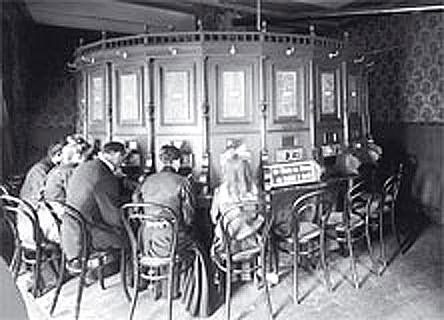
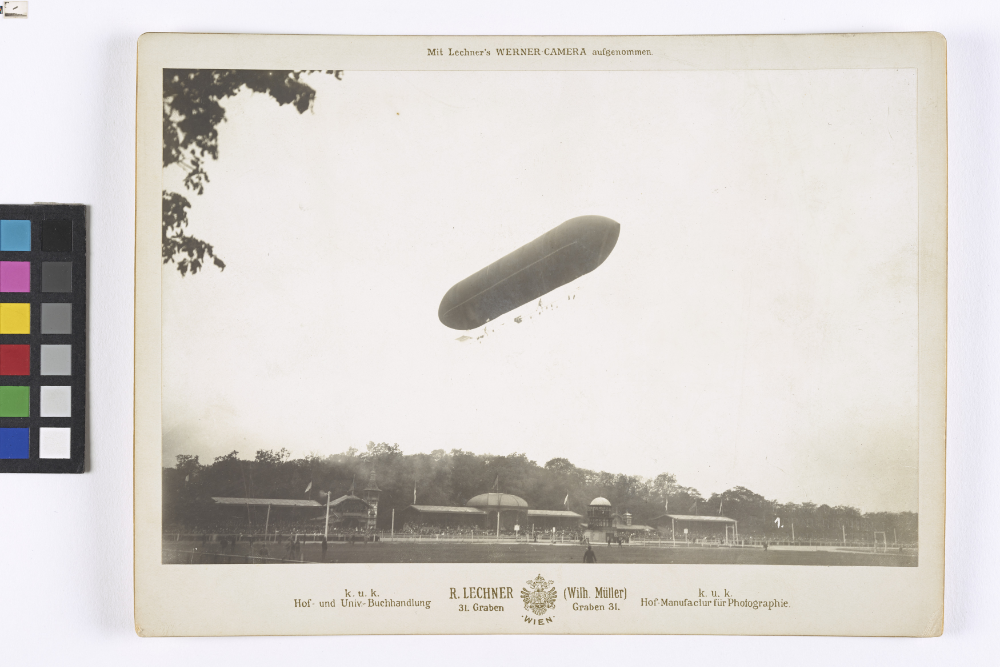
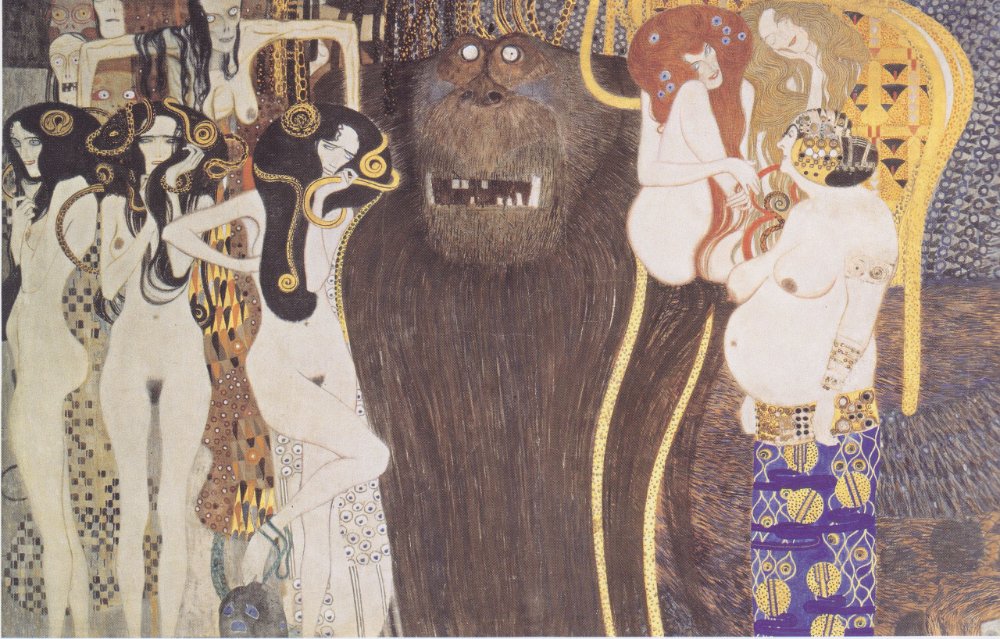
Das interessante Blatt 22.09.1910: “Der Kaiser auf dem Flugfelde in Wiener Neustadt”
Profil.at: “King Kong in Wien: Bizarre Bilder aus dem alten Prater-Panoptikum”
